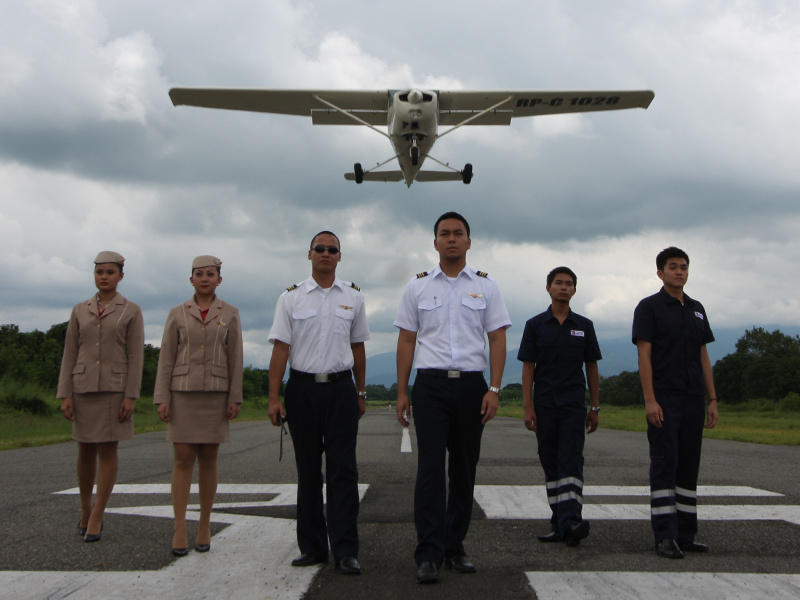


Some people yearn to explore the depths of the sea; some crave to reach the highest peak of the world; and then there are those who dream of soaring to the skies.
The sky was always the subject of the ancient people’s fascination. As the great philosopher Plato once said, the sky is the “place where dwells the race of the gods.” It’s no wonder then, that until now, some people still find it captivating.
Thanks to the invention of flying machines, reaching the sky is now possible. People use it for easier and quicker transportation in travel. But some people aren’t content with only being a passenger on a plane.
They want to maneuver it themselves.
And for those who want to pursue this dream, naturally, they have to undergo years of training to be able to properly—and safely—fly a plane. In the past years, people can go to a flying school right away after graduating high school. However, with the recent implementation of the K to 12 Program by the Department of Education (DepEd) in 2013, high school students now need to study for an additional two years as senior high schoolers.
Enforced by the Philippine government, the K to 12 Program provides an enhanced curriculum that will provide students with 21st century skills. It also gives them an option to work right after high school graduation.
This program is advantageous for people who want to become a pilot. The enhanced senior high school program now offers four main tracks, or specialization, that will come in handy once they step into aviation school.
One of the tracks offered by DepEd is the Academic Track. The Academic Track has a sub-branch called Science, Technology, Engineering, and Mathematics strand (STEM). The subjects in STEM are in line with the courses related to aviation, which is ideal for senior high school students who are planning to get into the aviation industry.
The Disaster Preparedness and Risk Reduction subject, for example, can serve as a good background for Risk Management courses in aviation. It teaches students how to “identify areas exposed to hazards that may lead to disasters, recognize vulnerabilities of different elements exposed to specific hazards, interpret different earthquake hazard maps, and use available tools for monitoring hydrometeorological hazards.” Quite a subject, no?
Technical courses in an aviation school can be a bit challenging, which is why it’s best to prepare as early as you can. When pursuing aviation, finishing high school only marks the beginning of your journey so it’s important to choose the best school that specializes in aviation.
WCC Aviation offers high quality education specifically for courses in the flight industry. They have their own aviation school which houses top notch equipment and facilities.
To learn more on www.wccaviation.com to begin your flying journey!
The information contained in this website is for general information purposes only.
While WCC Aviation Company endeavors to keep the information up to date and correct, we make no representations or warranties of any kind, express or implied, about the completeness, accuracy, reliability, suitability or availability with respect to information published in this website.
Click here to read the Privacy Statement in full